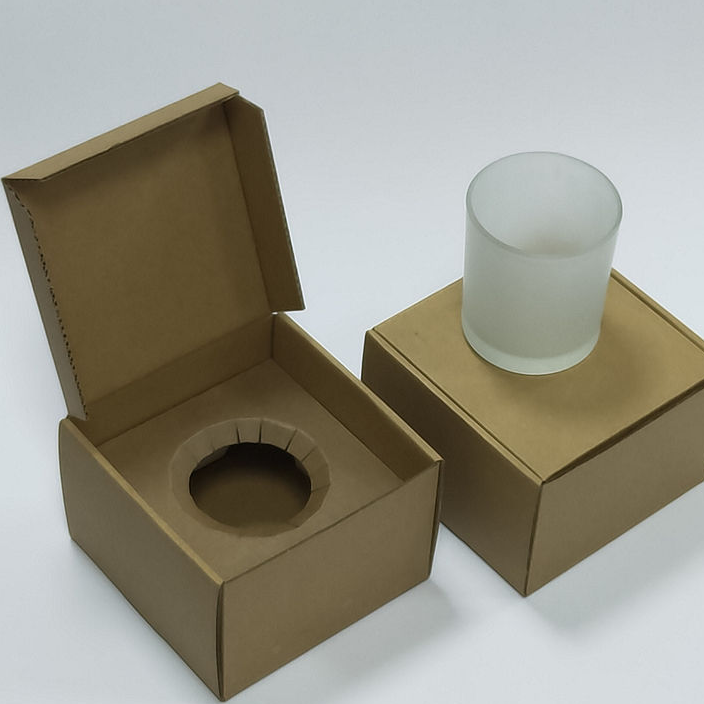
Убави го вашето опкружување со CHANG FA Tranquil Shine Candle Box, луксузен допир во било која област. Оваа кутија со свеќи е направена со комплексни детали во предвид, па затоа лесно може да го загрее секој простор.
Сите свеќи во кутијата се рачно налени со висококвалитетни воски кои гарантираат чисто и долготрајно горење. Со различни шармантни мириси како што се смирувачки лавандула или освежувачки цитрусови, кој се достапни за избор, човек е во можност да создаде соодветна атмосфера за секое расположение или прилика.
Овој комплет е убаво упакуван што го прави совршен за подарок за некој посебен или дури и за себе. Сандвицата за свеќи CHANG FA Tranquil Shine го поставува местото каде што може да се појават моменти на опуштање и самооценка без разлика дали сте имале тежок ден на работа или имате интимно состаночење.
Оценете ја убавината на свеќата од CHANG FA Tranquil Shine свеќна кутија и дозволете му на нежното треперење да го исполни вашиот простор со мир и тишина.
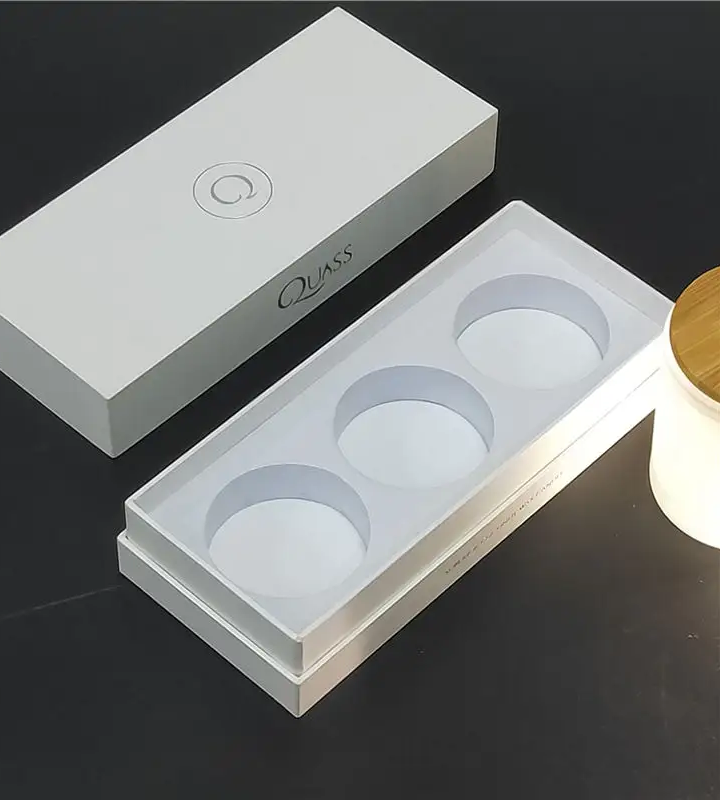
Чанг Фа е една од компаниите кои ги поддржуваат еколошки чистите идеи за создавање кутии за свеќи. Во времиња кога одржливоста е најважна, тие нудат рециклирани опции и во дизајнот на свеќите. Со зборот "одржливост" овде се мисли на работи како што се употребата на материјали од втора рака или развојот на нови технологии кои помагаат во намалување на производството на отпад, како и намалување на јаглеродната отпечаток оставен по завршувањето на процесот на производство некаде на Земјата повторно (и се надевам дека никогаш не поч Биолошки разлагаеми пакувачки кикирики може да се најдат во секоја кутија заедно со компостирани вметки направени од картон итн. Така покажува колку елеганција може да се спои со еколошки грижи дури и на ова ниво каде што сè уште треба да остане функционално. Секоја кутија ја зачува свеќата и покажува нашата грижа за природата.

Чанг Фа признава дека пакувањето на свеќи не треба да биде едноставно. Затоа, компанијата обезбедува решенија на мерка за да ги задоволи индивидуалните барања на клиентите. Ова може да вклучува и печатење на логотипи и бои на кутиите или додавање на посебни елементи како што се прозорци или резбурски шеми, така што секој пакет да ја претставува марката во прашање без никакви шеми. Преку екстремно внимание на деталите и непоколеблива посветеност на квалитетот, Чанг Фа ги претвора амбалажите на свеќите во интензивен израз на личноста на својот мирис.
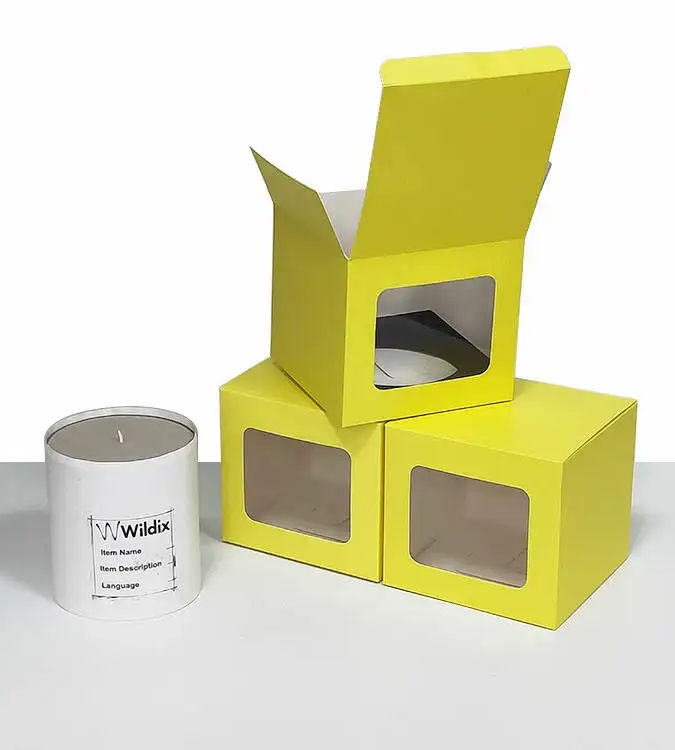
Чанг Фа знае дека нивната задача е да обезбедат безбедна испорака на свеќи кои се деликатни и треба да се ракуваат внимателно за да можат да се запалат некаде далеку од нас. Затоа, секое решение во паковање на кутии за свеќи кои ги прават ги смета заштитата заедно со елеганцијата. Без разлика дали е едно скапо дело или неколку мали уметнички, сите пакети создадени од Чанг Фа ќе обезбедат неопходен мир на умот без губење на стилни точки. Имајќи ги предвид различните здрави материјали што се користат, обезбедените цврсти затворови и меката внатрешна подлога која се вметнува околу секоја парче упакувана одделно, сигурен сум дека тие кревки работи ќе стигнат безбедно до дестинацијата.
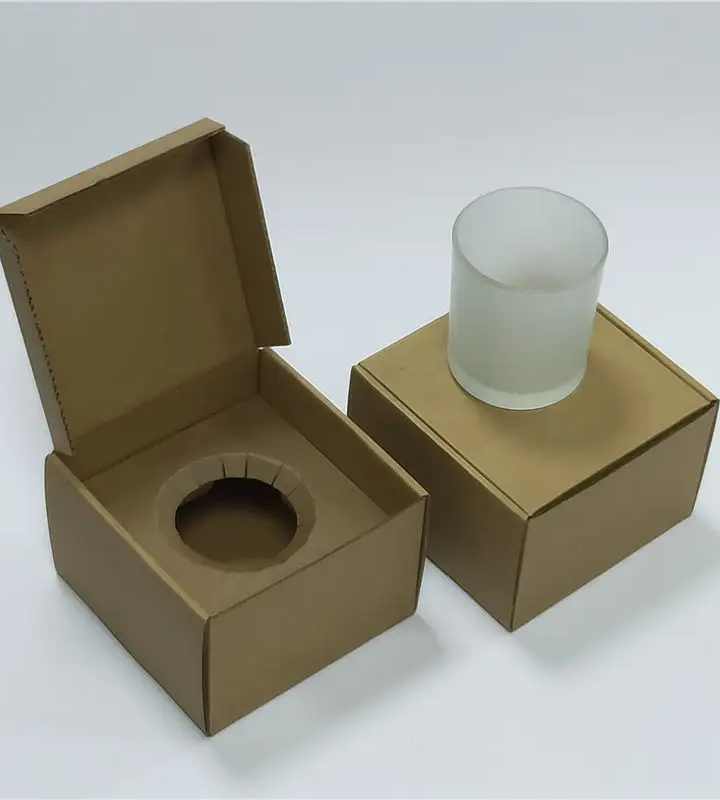
Кутјата со свеќи не е само контејнер туку и цело настан. Пакувањето на кутии со свеќи на Chang Fa во областа на мирисот и амбиентот се покажува како пример за елеганција и корисност. Секој пакет е создаден со внимание, тоа е модел на практичност; направен е да ги заштити кревките свеќи од оштетување за време на транспортот и во исто време да ја направи оваа искуство поубаво за сите наши сетила. Затоа, кога ќе ја отворите било која кутиица со свеќи на Chang Fa, во вашата глава доаѓа една работа - ова треба да биде убаво! Внатре мора да има многу различни мириси кои ме чекаат!

Dongguan ChangFa Packaging Materials Workcenter е водечки производител специјализиран за различни производи за пакување, вклучувајќи кутии за пакување, кутии за подароци и кутии за накит, со повеќе од 21 година искуство. Сместени во градот Донггуан, можеме да се пофалиме со напредна опрема и софтвер, обезбедувајќи производи со висок квалитет по конкурентни цени.
Пренослив и разноврсен, идеален за складирање и организирање на мали предмети за накит додека сте во движење
Компактен и флексибилен, совршен за организирање накит во движење
Еколошки и биоразградлив, одржлив избор за носење предмети додека се намалува пластичниот отпад
Разноврсна и приспособлива, ја подобрува презентацијата на подароците додека обезбедува практично решение за пакување

03
Jun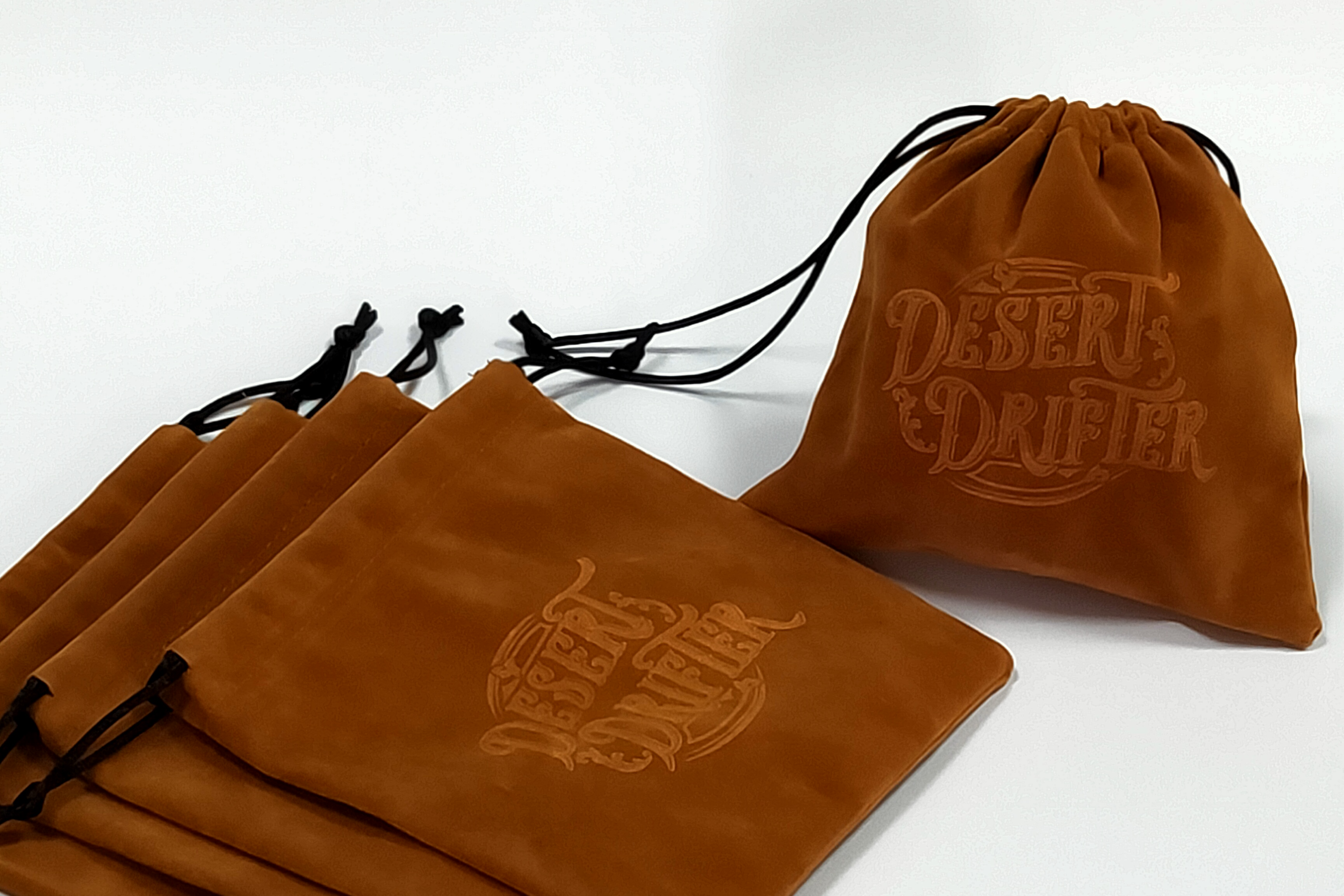
03
Jun
03
JunТврди картонски кутии се издржливи и трајни пакувачки решенија направени од дебел картонски материјал. Тие најчесто се користат за висококвалитетни пакувања за подароци и занаетчија поради нивната robust конструкција и премиум изглед.
Ние нудиме голем број на опции за печатење и завршување за да ја подобриме визуелната привлечност на вашите тврди картонски кутии. Овие вклучуваат резбовање, сјајна ламинација, матно ламинација, штампирање, УВ покривање, ланирање, исчезнавање и златен фолио. Без разлика дали сакате елегантна и сјајна завршна или текстуриран изглед, ние имаме способности да ги задоволиме вашите барања.
Да, можете целосно да ја прилагодите цветовата шема и дизајнот на вашите тврди картонски кутии за да се усогласат со вашиот имиџ на брендот и вашите преференции. Ние нудиме пакување на бои на Pantone, како и CMYK печатење за да се осигураме дека вашите кутии точно го одразуваат идентитетот на вашиот бренд.
-Овде е. Ние ја разбираме важноста на брендирање, па затоа нудиме можност да го инкорпорираме логото на вашата компанија на тврдите картонски кутии. Едноставно дајте ни го вашето лого, и нашиот квалификуван тим ќе се погрижи да биде јасно прикажано на пакувањето.
Тврди картонски кутии нудат совршена комбинација на трајност, естетика и опции за прилагодување, што ги прави одличен избор за B2B клиенти кои сакаат да ги пакуваат своите производи на софистициран и професионален начин. Без разлика дали ги прикажувате луксузни предмети или врвни подароци, нашите тврди картонски кутии ќе помогнат да го подигнете вашиот бренд и да оставите траен впечаток на вашите клиенти и партнери.
